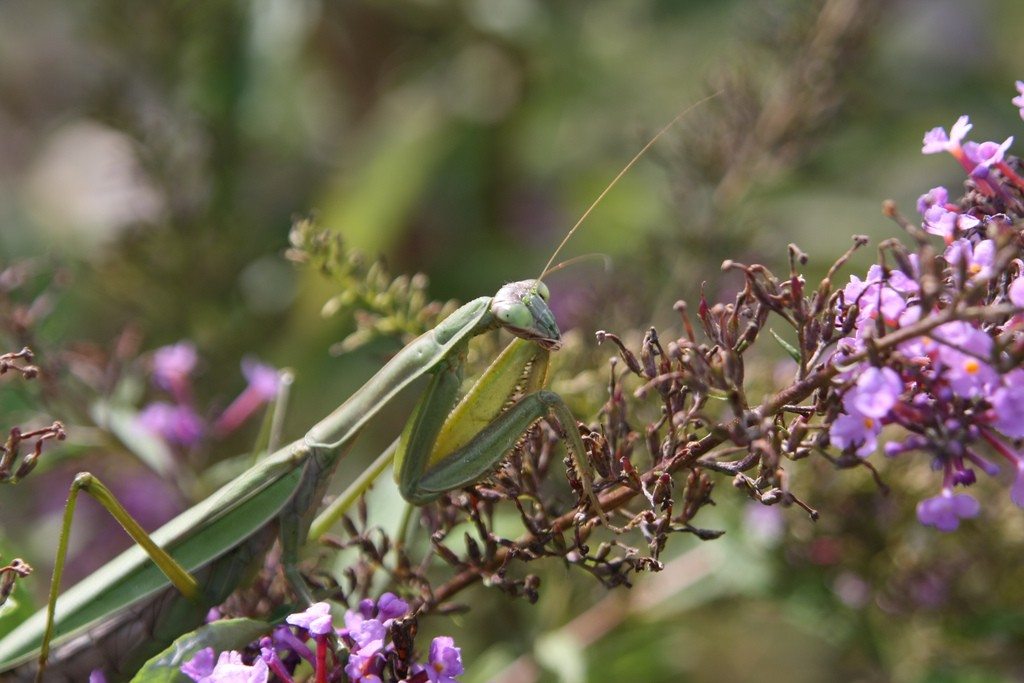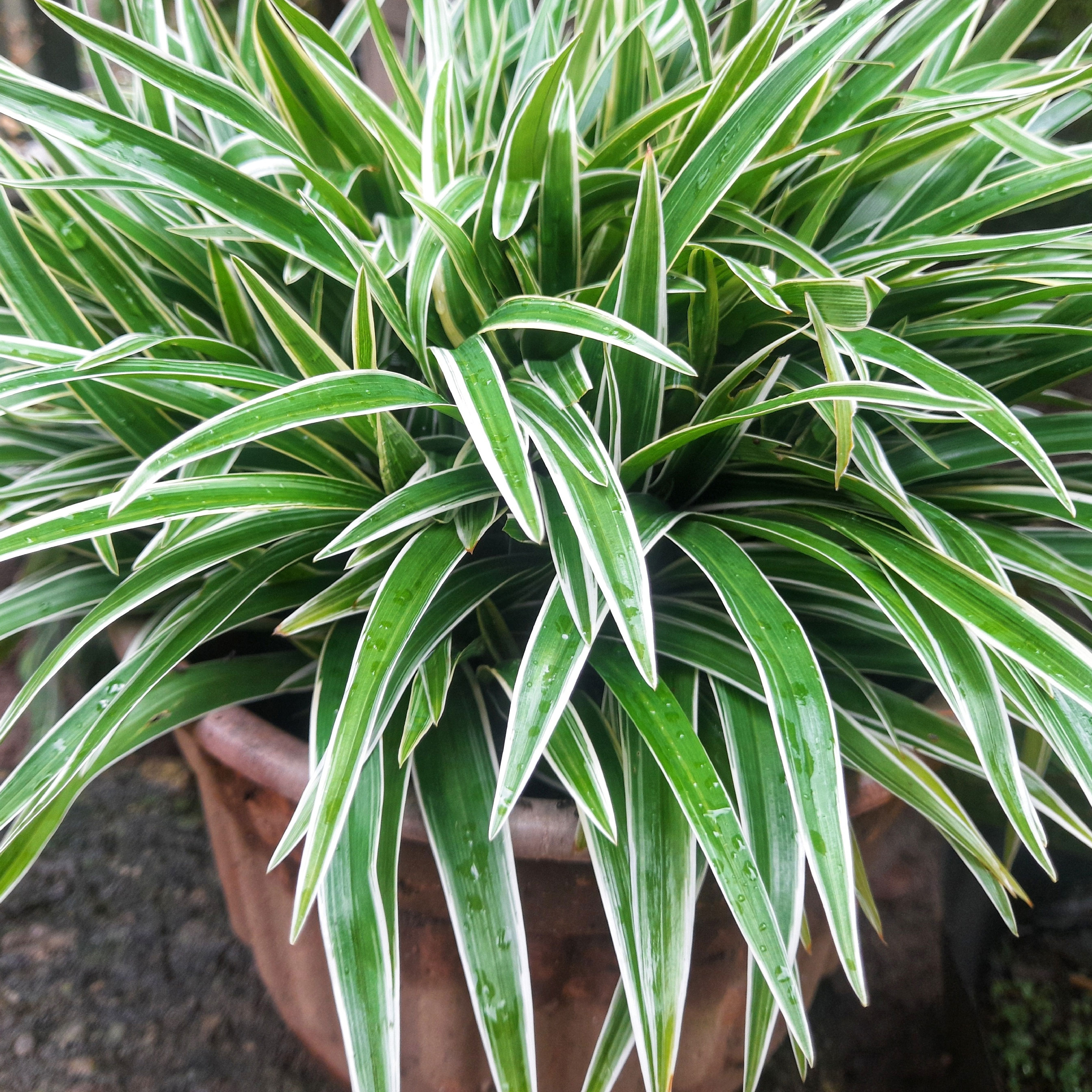Creative Ways To Keep Plants Warm


Although I don’t grow vegetables currently, I still like to extend my garden’s growing season. I live and garden in Michigan, and the longer I can keep plants thriving and providing color and visual interest, the better. I have tried these creative methods for protecting plants and found them useful but best for small scale problems.
Old Sheets as Row Covers
I always felt bad about donating sheets to a thrift shop. I can’t imagine someone wants my ratty old sheets that my cat tore a hole in. I also don’t like the idea of throwing them away, but I found a second life for some of them.
As temperatures dip in Michigan in the fall we can still have sunny, pleasant days. It’s the nights that really put plants at risk. I have found that a couple of sheets held down by rocks or old bricks is often enough to keep them warm enough at night, at least for a little while.
As a side note, another way I get rid of old sheets as well as blankets and towels, is by donating to my local wildlife rescue center. They use them to line cages and create bedding for animals.
Radiant Heat from Indoors
When I want to keep my potted annuals for as long as possible in the fall, I keep an eye on the overnight temperatures. When it’s set to drop low but not so cold that they’ll freeze, I move the containers up against the sliding back door. I have a heat vent right inside at this spot and lose heat through the door. I let the plants soak it up on cold fall nights. The plants stay warm and some of that lost heat is put to good use.
Use the Heat of the Sun
One year, when I still grew a small vegetable patch, I had some leftover weed fabric. My husband, in a vain attempt to manage weeds in our most overrun bed, tried weed barriers. It might have been successful to some degree—who knows? it could have been worse—but we ended up with some scraps left from the project.
The fabric is black to blend in with soil and mulch, but black also absorbs heat. I decided to try it as a way to trap more heat in the soil around my fall veggies. I do think it helped on sunny days when there was plenty of sunlight and heat to absorb.
Gardening tips, videos, info and more delivered right to your inbox!
Sign up for the Gardening Know How newsletter today and receive a free copy of our e-book "How to Grow Delicious Tomatoes".
Flower Pots, Buckets, etc…
I have seen some gardens in my neighborhood with white plastic containers bought specifically to cover plants and protect them from the cold. Looking at a garden center for such a product one year, I found they were kind of pricey. It also seemed wasteful because they were pretty flimsy.
It did give me an idea, though. I realized that any plastic container could work to cover plants on cold nights. I had some cracked terracotta pots destined for the landfill and old plastic containers that I just didn’t have another use for anymore. I also have plenty of buckets that I use for gardening chores. They are all perfectly serviceable as plant covers.
As for indoor plants, I tend to move pots around as winter sets in. Some don’t like being near a heater vent, for instance. Despite the heat, the air can be drying. Others like to stay back from chilly windows. It takes some trial and error to find what works best for each houseplant.

Mary Ellen Ellis has been gardening for over 20 years. With degrees in Chemistry and Biology, Mary Ellen's specialties are flowers, native plants, and herbs.
-
 Best Soil Tor Tomatoes: How To Cultivate The Perfect Blend & Add Amendments For A Bountiful Harvest
Best Soil Tor Tomatoes: How To Cultivate The Perfect Blend & Add Amendments For A Bountiful HarvestGive your tomato plants the foundation they need. Learn how to mix the ideal soil and choose the right amendments for your most abundant harvest yet.
By Amy Grant
-
 Want To Know How To Make A Spider Plant Bushier? 4 Secrets For Lush & Bushy Spiders
Want To Know How To Make A Spider Plant Bushier? 4 Secrets For Lush & Bushy SpidersAre you looking for ways to make your spider plant look bigger or more dramatic? Follow these quick and easy tips on how to make a spider plant bushier
By Teo Spengler